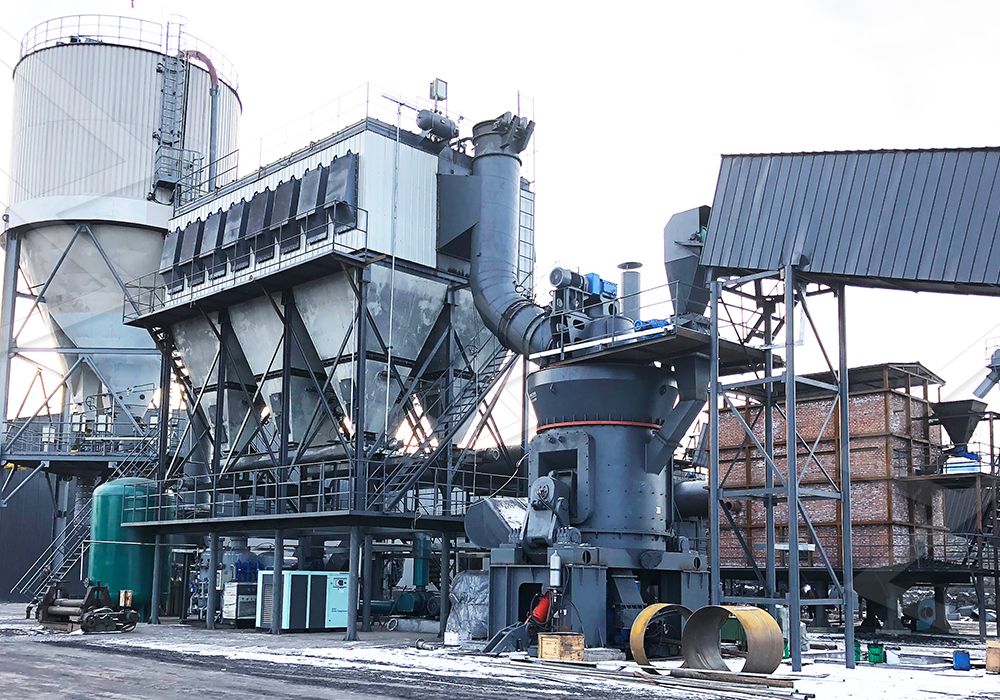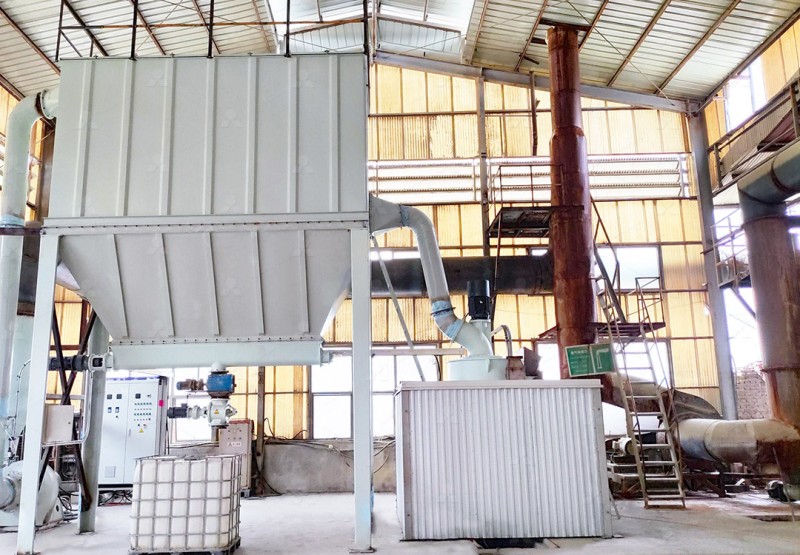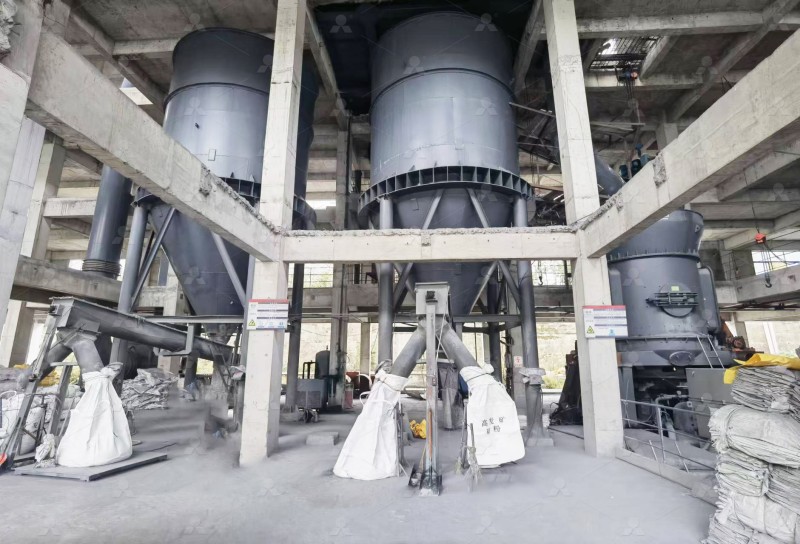Vertical Roller Mill: Key Features and Applications in Modern Industry
Vertical Roller Mill: Key Features and Applications in Modern Industry
In today’s demanding industrial landscape, efficiency, precision, and environmental responsibility are paramount. Vertical Roller Mills (VRMs) have emerged as a cornerstone technology in powder processing, offering a superior alternative to traditional ball mills for a wide range of materials. Their unique design and operational principles deliver significant advantages that align perfectly with modern industrial needs.
Core Operational Advantages
The fundamental design of a VRM integrates multiple processes—crushing, grinding, drying, classifying, and conveying—into a single, compact unit. This integrated approach eliminates the need for separate systems, drastically reducing the overall footprint. Occupying up to 50% less space than a conventional ball mill system, a VRM is an ideal solution for facilities with space constraints.
Energy efficiency stands as one of the most compelling benefits. By utilizing rollers to compress and grind material on a rotating table, VRMs consume 30% to 50% less power than ball mills, where a significant amount of energy is wasted on friction and moving the mass of the grinding media. This direct grinding mechanism, combined with internal high-efficiency classifiers that allow for instant fineness adjustment, makes the process remarkably responsive and economical.

Driving Sustainability in Production
Modern industry faces increasing pressure to minimize its environmental footprint. VRMs are inherently designed with this goal in mind. The entire grinding system operates under negative pressure, preventing the escape of dust. Furthermore, they are typically equipped with advanced pulse jet baghouse dust collectors and sound-dampening technologies, such as mufflers and acoustic enclosures, ensuring that operations meet stringent national and international environmental standards for emissions and noise pollution.
Versatile Applications Across Sectors
The applicability of Vertical Roller Mills is vast, spanning numerous key industries:
- Cement and Construction: Grinding raw meal, clinker, and slag.
- Power Generation: Pulverizing coal for fuel and limestone for flue gas desulfurization.
- Mining and Metallurgy: Processing a variety of non-metallic minerals like limestone, calcite, dolomite, and barite.
- Chemical and Advanced Materials: Producing ultra-fine powders for plastics, paints, coatings, and composites.
Spotlight on Advanced Grinding Solutions
For operations requiring the highest level of fineness and precision, the MW Ultrafine Grinding Mill represents a pinnacle of engineering. Designed for customers who need to make ultra-fine powder between 325 and 2500 meshes, this machine excels in higher yielding and lower energy consumption. Its production capacity is 40% higher than that of jet mills and twice as large as ball mills, while system energy consumption is only 30% of a jet mill. A key maintenance advantage is the absence of rolling bearings and screws in the grinding chamber, eliminating common failure points and enabling worry-free, continuous 24/7 operation. Equipped with an efficient pulse dust collector and muffler, the MW Ultrafine Grinding Mill is the ideal choice for producing fine powders for chemicals, cosmetics, medicine, and food additives.

Another standout in our portfolio is the LUM Ultrafine Vertical Grinding Mill. It incorporates the latest grinding roller and German powder separating technology. A notable feature is its double position-limiting technology, which ensures operational stability by preventing destructive contact between the roller and millstone during unexpected vibration. Its reversible structure, facilitated by a hydraulic system, allows for easy and rapid maintenance, significantly reducing downtime. This mill is perfectly suited for producing superfine dry powder from non-metal ores with exceptional whiteness and cleanliness.
Conclusion
The adoption of Vertical Roller Mill technology is a strategic decision that enhances operational efficiency, reduces costs, and promotes sustainable manufacturing. As industries continue to evolve towards smarter and greener practices, VRMs will undoubtedly remain at the forefront of material size reduction and processing.

Frequently Asked Questions (FAQ)
What is the main advantage of a VRM over a ball mill?
The primary advantages are significantly higher energy efficiency (30-50% less power consumption), a much smaller physical footprint, integrated drying and grinding capabilities, and superior control over product fineness.
Can VRMs handle abrasive materials?
Yes. Modern VRMs are built with wear-resistant alloys for grinding rollers and tables. Their design also minimizes the relative sliding velocity between components, reducing wear. Furthermore, the short material retention time lowers the cumulative abrasive effect.
How is the fineness of the final product controlled?
Fineness is precisely controlled by an internal dynamic classifier. The speed of the classifier rotor can be adjusted to accurately cut the particle size, allowing for quick changes to meet different product specifications without stopping the mill.
Are these mills suitable for ultra-fine grinding applications?
Absolutely. Specialized models like the MW Ultrafine Grinding Mill are specifically engineered for this purpose, capable of producing powders as fine as 2500 meshes (d97 ≤5µm) with high efficiency and stability.
What about operational noise and dust?
VRMs are designed for environmentally friendly operation. They are equipped with high-efficiency pulse jet dust collectors to contain all dust within the system and silencers or noise reduction rooms to keep operational noise well within regulatory limits.
